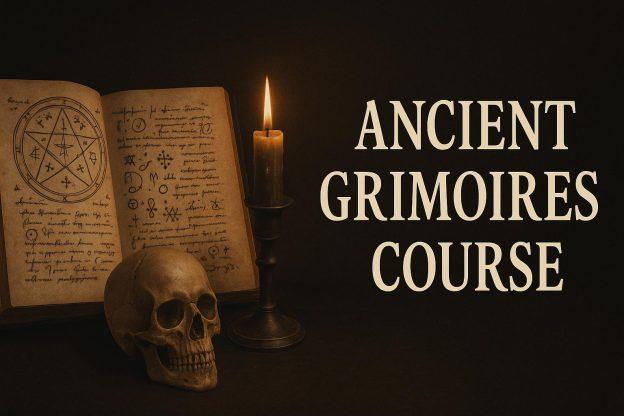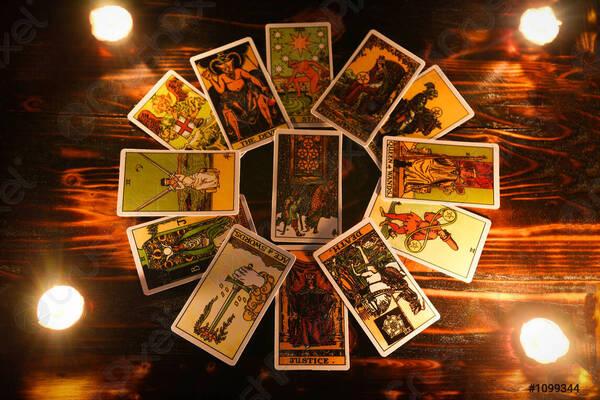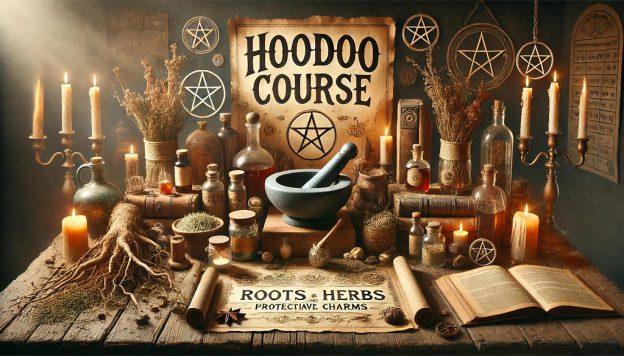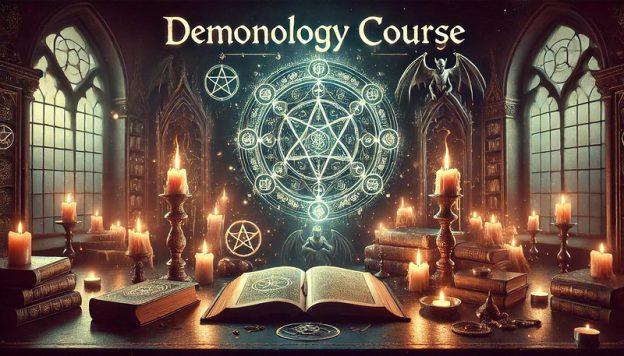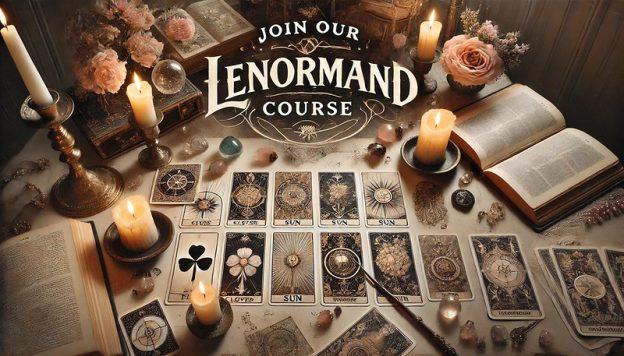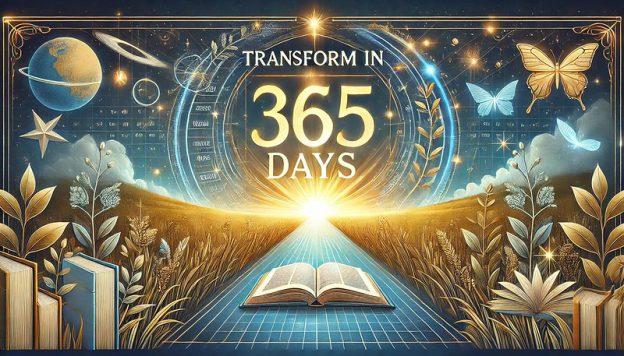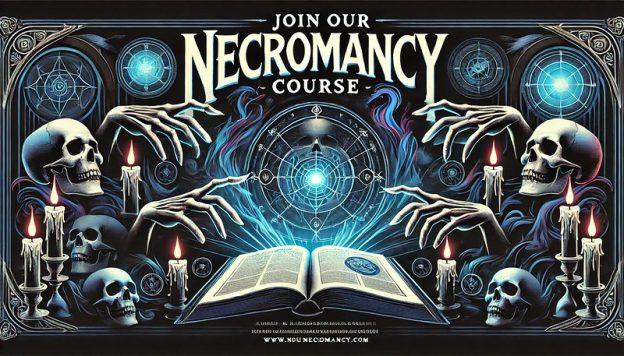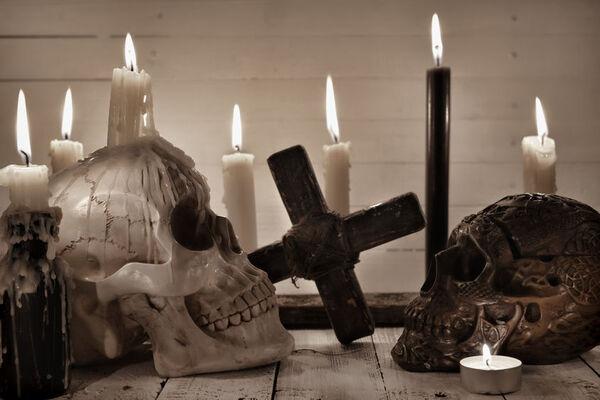Mardero
Mardero is a fascinating and fearsome figure in demonology, particularly within the context of the Testament of Solomon and related occult traditions. Here’s a detailed exploration of this demon and his characteristics:
Origins and Role:
- Demon of Disease: Mardero is specifically associated with causing terrible fevers and afflictions. His role as a bringer of illness aligns him with other disease-related demons in folklore and religious texts.
- One of Thirty-Six Demons: He is part of a group of thirty-six demons linked to the decans of the zodiac. These decans are divisions of the zodiacal signs, each ruled by a specific demon or spirit. This connection ties Mardero to astrological influences and the broader framework of celestial magic.
Appearance:
- Fearsome Form: Mardero is described as having the body of a man and the head of a beast, a common motif in demonic iconography that emphasizes his otherworldly and terrifying nature. This hybrid form symbolizes his dual nature as both a physical and spiritual threat.
Powers and Abilities:
- Afflicting with Fever: Mardero’s primary power is the ability to inflict severe fevers and illnesses upon his victims. This makes him a figure of dread, particularly in cultures where disease was poorly understood and often attributed to supernatural causes.
Weaknesses and Countermeasures:
- Invocation of Names: Despite his fearsome reputation, Mardero can be driven off by invoking the names Sphener and Rafael. This suggests that he is not invincible and can be controlled or banished through the use of specific magical or divine names.
- Sphener: Likely a celestial or angelic name, though its exact origin and meaning are less clear in extant texts.
- Rafael: One of the archangels in Judeo-Christian tradition, often associated with healing and protection. Raphael’s inclusion here underscores the power of divine intervention against demonic forces.
Cultural and Historical Context:
- Testament of Solomon: Mardero’s mention in this ancient text highlights his role in early demonology and magical practices. The Testament of Solomon is a pseudepigraphical work that details King Solomon’s use of magical seals and divine knowledge to control demons.
- Goetia of Solomon: While Mardero is not as prominently featured in the Goetia as other demons like Marchosias, his inclusion in the broader tradition of Solomonic magic underscores his significance in occult lore.
Symbolism and Interpretation:
- Disease as a Metaphor: Mardero’s association with fever and illness can be seen as a metaphor for the physical and spiritual suffering caused by malevolent forces. His defeat through the invocation of divine names reflects the enduring theme of good triumphing over evil.
- Astrological Connections: As one of the thirty-six decan demons, Mardero represents the intersection of astrology and demonology, illustrating how ancient cultures linked celestial phenomena with earthly and spiritual events.
Mardero remains a compelling figure in the study of demonology, embodying the fear of disease and the hope for divine protection against supernatural threats. His story is a testament to the enduring power of myth and magic in human culture.
SEE ALSO:
SOURCE:
The Dictionary of Demons written by Michelle Belanger.
NOTE:
Edited and revised for the Web by Occult Media, the 23rd of April 2024. We use British English spelling.
